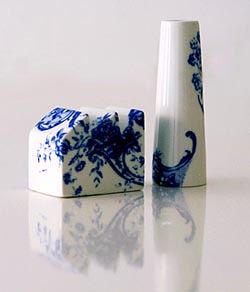Caicifang: A New Life for Ancient Porcelain
Salvaging precious shards of history to bring a taste of tradition to contemporary design

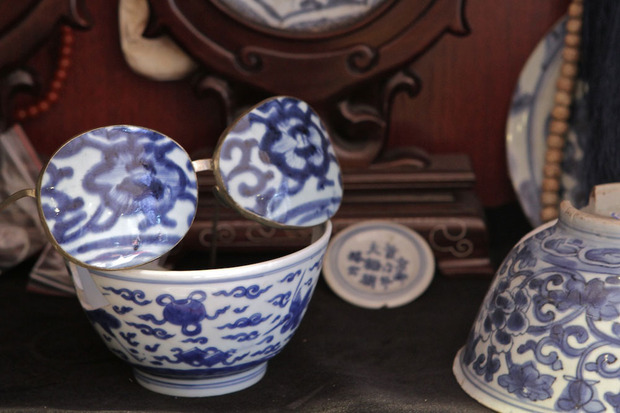
Since the beginning of last century, when the Qing dynasty was in its final years, China had a tradition of recovering old fragments of precious ceramic. In 1902, in the bustling commercial area south of Beijing‘s Forbidden City, several workshops were already giving a new life to broken vases by assembling little fragments into new pieces of jewelry.
Wang Jing, owner and designer of Caicifang, is the authority on this traditional craft. Jing inherited the nearly lost art from her grandparents who made their living in ancient ceramics. They had a small workshop on the old street of Zhushikou, where they sold antiquities and restored ancient chinaware. “My parents continued the tradition, and since I was a kid in the early ’80s I remember my parents collecting chinaware from old demolished houses. They were spending a huge amount of time studying every piece, tracking the origin and production technique used,” Jing tells CH.
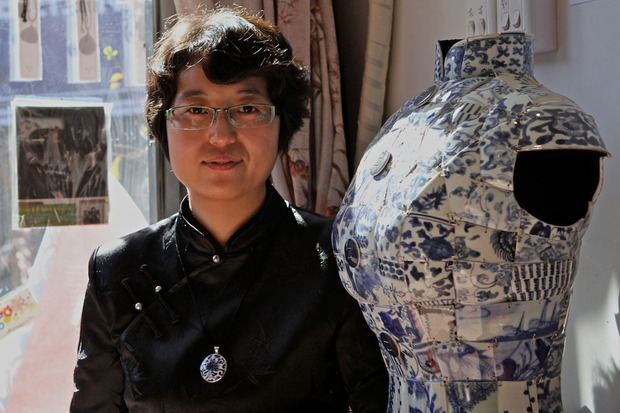
Inspired by her family, Jing felt the call of this ancient tradition and left her career in information technology. After an informal yet continuous training with her family, she registered the brand Caicifang in 2007 and started collaborating with several museums producing gifts and souvenirs from historical archives. “Museums are an important source of knowledge about chinaware,” she explains. “We keep a close relationship with porcelain experts and scholars—it’s a small circle of around 30 people —and we often debate about the pieces we use and consult them to define the historical period precisely.” Jing also attends regular workshops and training sessions organized by China’s most prestigious museums. She also makes regular pilgrimages to Jingdezhen, home of the finest china in Jiangsu province, to gain deeper insight into ancient production processes.
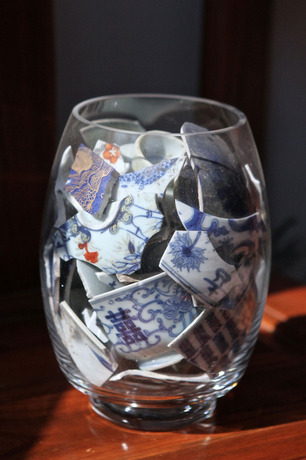

In her small new shop in Yangmeizhu Xiejie, a narrow alley in the old city, Jing showcases a wide selection of jewelry made of ancient porcelain crafted by a small network of independent artisans. The work includes pendants, necklaces, cufflinks, and decorative objects like lamps, bags and traditional Mandarin gowns. The pieces are largely sourced from the intensive demolition the city has been undergoing for the last 30 years. Jing relies on a network of independent collectors who carefully comb any torn down old neighborhood in search of the precious items.
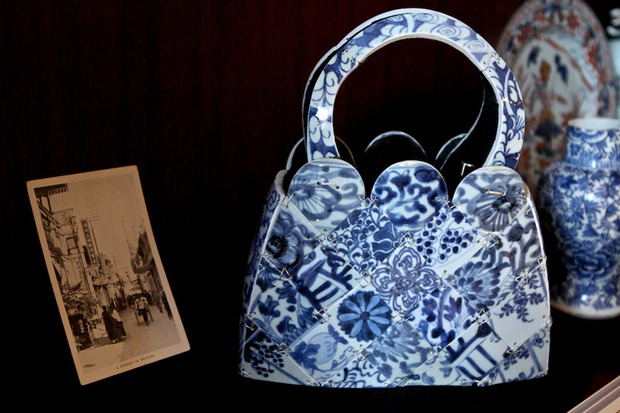
Showing us a jar of porcelain shards, Jing explains that, “80% of the pieces used are from the Qing and Ming dynasties, when the production of chinaware reached a peak. While Song and Yuan dynasties account for 20%, they’re rarer and more valuable. Everything here comes from blue bloods and families of officials of the past. Common people were using white china, while decorations were meant to meet the taste of a more sophisticated audience.”
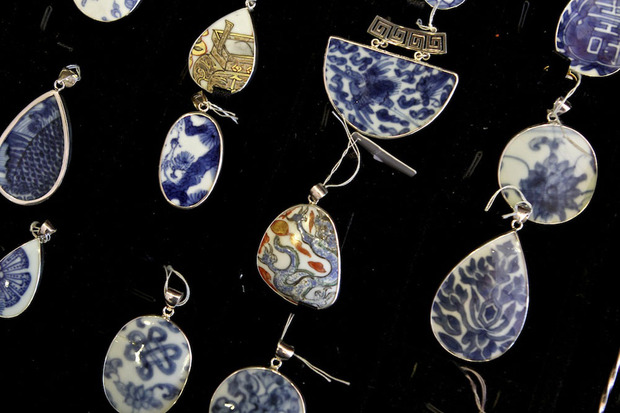
Every shard features a piece of history. For example, the five-legged dragon is a symbol of high ranking officials from the mid-Qing dynasty. Meanwhile specific techniques and color shades, like the distinctive red-azure glaze, embody Jun porcelain from Northern China. The ivory white of Ting ware is the trademark of Dingzhou and the characteristic uneven dark glaze of rare Jianyao porcelain can be traced to the Fujian province. The most unique pieces are Caicifang’s bags, which are made of pieces from all the twelve emperors of Qing dynasty, decorated with an original ancient coin.
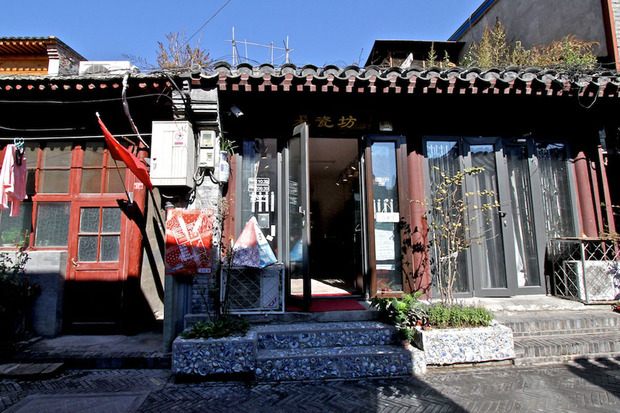
Despite the humble appearance of Jing’s shop, Caicifang is a mine of hidden gems which has become a hotspot for porcelain connoisseurs. “In the last years I’ve noticed a renovated interest toward porcelain and Chinese tradition in general, especially among the local upper class, but we also count many expats from the US and the UK embassy who became regular customers of Caicifang,” explains Jing. “Many of our clients have a strong knowledge of chinaware and its history. They can easily understand the value of our products and sometimes come with their own old fragments to ask us to craft customized pieces of jewelry,” she says.
Caicifang is available through online retailer Taobao and at the Caicifang boutique in Beijing’s Xicheng District.
Images by Alessandro De Toni

